Business schools adapt to changing global realities
-48c8068c-da37-44f4-af62-8234187aadc9.png%3Fsource%3Dnext-article%26fit%3Dscale-down%26quality%3Dhighest%26width%3D150%26dpr%3D2?source=next-article&fit=scale-down&quality=highest&width=150&dpr=2)

Roula Khalaf, Editor of the FT, selects her favourite stories in this weekly newsletter.
Russia’s widely condemned war against Ukraine is taking lives, destroying infrastructure and dislocating energy and food supplies. In parallel, China’s hardline stance on Covid-19 control and its stand-off with the US and Europe — highlighted in part through the Taiwan stand-off — is creating blockages to the movement of people, ideas and trade.
If these trends have not yet led to clear deglobalisation, they have certainly caused significant disruptions and are shaping new patterns. They have suspended or reversed the tighter integration between east and west of recent years in many fields, including in business education.
Nevertheless, this year’s Financial Times ranking of executive MBA programmes shows some strong performers in east Asia as well as Russia. This reflects painstaking work by institutions in building alliances, partnerships and networks of campuses in different parts of the world — to capitalise on growing demand to study and understand varied regions, encourage exchange and cultivate personal networks.
However, recent turbulence means some of these relationships start to look less certain for the future. As we note in this magazine, politics is trumping trade and studying the complexities of geopolitics is becoming an essential part of the syllabus for some business schools alongside their more traditional offerings.
FT Executive MBA Ranking 2022
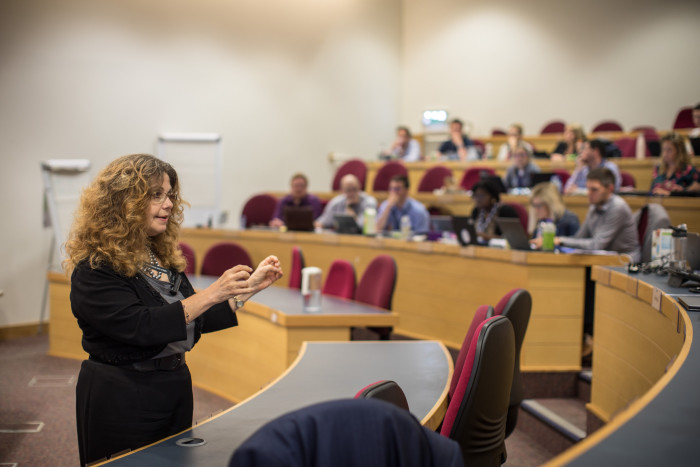
Find out which schools are in our ranking of EMBA degrees. Also learn how the table was compiled and read the rest of our coverage at ft.com/emba.
That means some of our highly ranked programmes are having to take stock and adjust their content and intakes. The resurgence of international flows of students remains patchy, and some schools are now looking more to their own domestic or regional markets for recruits.
Digital and technological insights — as well as sustainability — are still much in demand and, in our series on new research, we publish work by an MIT professor on the evolving roles, obligations and potential solutions for social media companies coming under pressure to tackle manipulation and distorted content on their platforms.
We describe also a recalibration in the labour market — after a period of “peak tech” — which has implications for training. As growth slows in many parts of the world and interest rates rise, the sheen has worn off aspects of fintech, turning some people away from careers in businesses such as crypto and “buy now, pay later” finance and toward more traditional banking.
Some business schools are themselves embracing technology more actively, drawing on the lessons of lockdown to continue to teach more online — if only, in some cases, as a way to bring a broader range of speakers and students to the “classroom”.
Wharton, for instance, has recently broken ranks with its leading peers by launching a global EMBA that will be primarily taught remotely (yet charged at the same price), with students attending some intense face-to-face sessions in different cities to cultivate their networks and meet their professors for less formal exchanges.
As Andrew Hill writes in his column, employers in the post-pandemic era risk making mistakes if they simply demand that their staff return full-time to their old offices, the “costly containers” of work.
They will need to consider new blended modes of employment, new workplace designs and — most fundamentally — “the need to reinvent the old habits of work and management”.
Digital conference: Spotlight on the Executive MBA
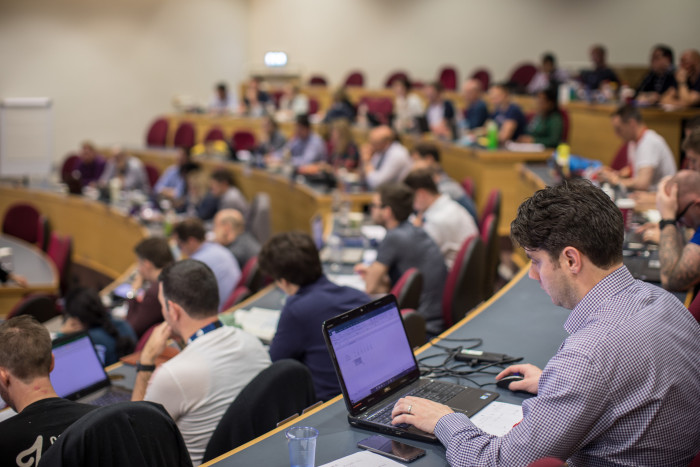
Join global education editor Andrew Jack and business school experts around the world for a free online event on Wednesday October 19, focusing on career impact, insights into the 2022 ranking, and themes from managing disruption to ESG. Register here
Hill cites alternative models including offices that convert to community facilities outside working hours. It is no coincidence that examples such as the Lego headquarters in Denmark are dubbed a “campus”. Universities have long offered a model for blended work, study and leisure, and need to evolve for their own survival and to help prepare students for the shifting patterns, structures and organisation of work.
Executive MBAs remain popular among mid-career managers, many of whom are keen to reflect and learn new skills — not only to seek promotion, but often to switch specialism or employer, or to create their own start-ups. Schools are embracing greater flexibility in recruiting and supporting a more diverse range of applicants.
As always, readers using our rankings should put them in context. They provide a snapshot in time, based on data including the perspectives and current status of alumni who completed their courses three years ago. The ranking encapsulates a range of factors, including salary outcomes, perceptions of value for money and career support, as well as diversity and research quality.
The different datapoints are weighted according to our judgment of factors considered important, based in part on students’ own views of what matters most. But rankings can only ever be one factor in deciding whether and where to study for an EMBA — especially in the current uncertain world.
Andrew Jack is the FT’s global education editor
Schools in the spotlight
Top EMBA: Kellogg/HKUST
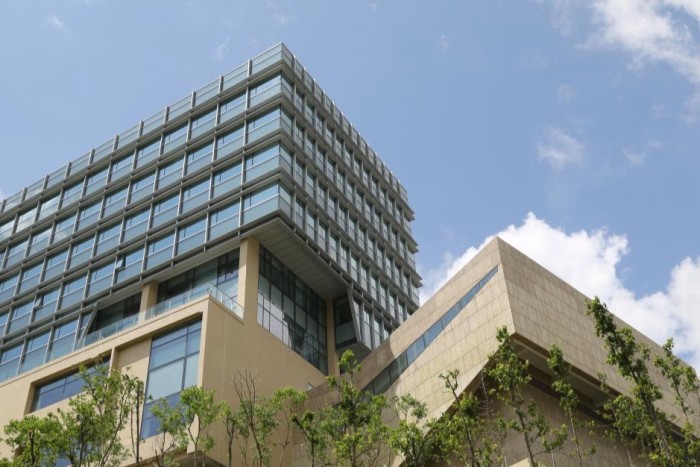
The Kellogg/HKUST EMBA is top for the third time in five years. The school rose five places to third for the experience and seniority of those joining the programme, and 32 places to the top of the international course experience category. Alumni surveyed for the ranking stressed the importance of global networking across international campuses. One graduate wrote: “Collaboration in diverse groups truly makes you understand how to solve conflicts in that set-up.”
Top solo EMBA: Ceibs
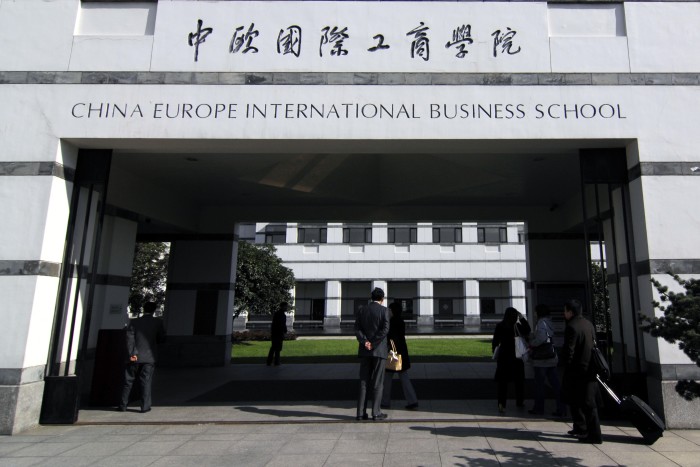
In second place overall for three consecutive years, the Shanghai school is the top-ranked provider of single-school EMBAs. In addition, its alumni took home the second highest average salary of $519,782. The location and network opportunities were praised: “Having the opportunity to work and share time with senior Chinese and non-Chinese fellows has [been] deeply rewarding, providing me with privileged knowledge and reach on that market,” wrote one alumnus.
Top for aims achieved: Yale School of Management

The US school, which is ranked 14th overall, tops the aims achieved category: the extent to which alumni fulfilled their goals for starting an EMBA, such as promotion, a career change or developing management skills. One graduate surveyed for the ranking said: “The student to faculty ratio was a significant benefit, with unbridled access to the top thought leaders in academia and business.”
Back in the top 10: Washington: Olin
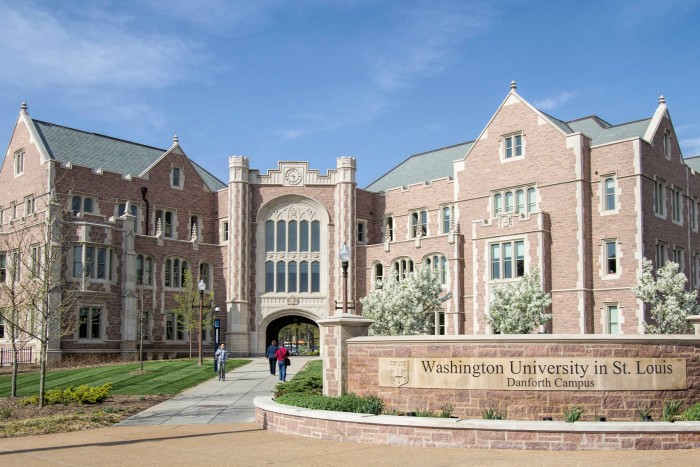
After three years, Olin is back in the top 10 at number nine with its China-based EMBA. The US school’s rise is partly due to alumni earning the sixth highest average salary at $398,893. The EMBA is also 10th in the work experience category, measuring graduates’ pre-study level of professional expertise, the seniority of roles held and any overseas work history. The last time the school reached the top 10 in this category was in 2017.
Top for salary increase: HKU Business School

HKU alumni reported average salaries 115 per cent higher three years after the course, with an average of $274,175. Overall, HKU rose 14 places to 18th, improving in categories including career progress and international course experience. Alumni praised the programme design “[It] broadened my knowledge on business and management, and gave me a chance to meet a lot of commercial elites in different industries,” said one.
Big riser: Emory University: Goizueta
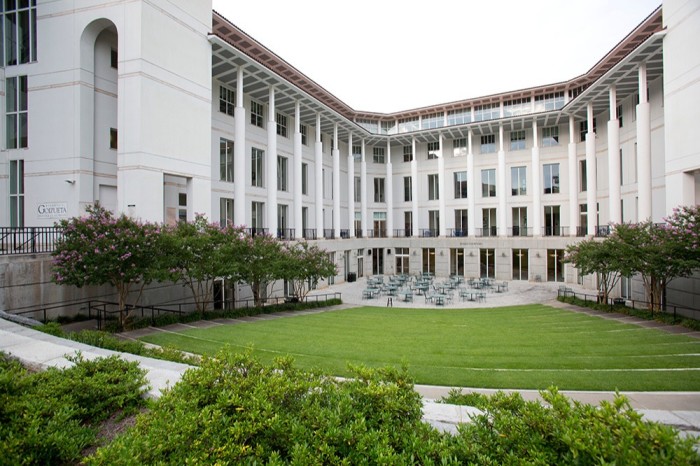
Emory University: Goizueta is the biggest riser, jumping 27 places to joint 36th. Alumni reported salaries on average 89 per cent higher from before the EMBA to three years after, a rise of 44 percentage points year on year. Improved performance in the international course experience and research categories propelled the Atlanta school further up the table. Alumni commended leadership modules, career service and network opportunities.
Highest new entrant: Monash Business School
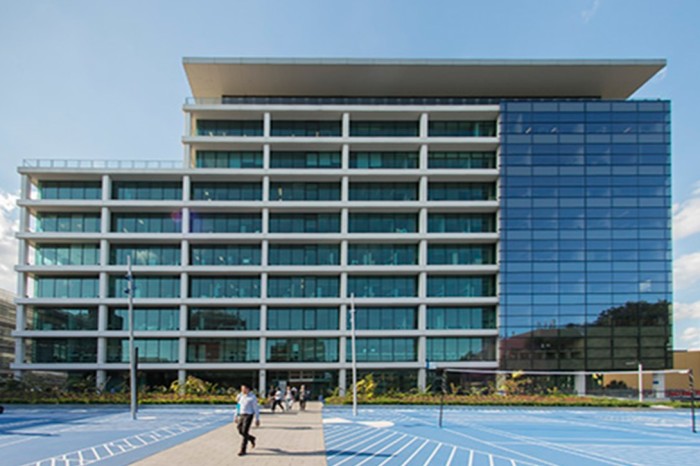
The Australian school, in 67th place, is the highest new entrant. Some three in four graduates fulfilled their goals or reasons for doing the EMBA, and alumni reported a 44 per cent salary increase from before the EMBA to now. One survey respondent said: “I gained a broader understanding of the corporate world, through an enhanced skillset, mindset and an invaluable network of business contacts.” Entrepreneurship classes and faculty were also praised.
Best for gender balance: St Petersburg GSOM

The only school in the ranking to achieve gender parity for the most recent student cohort is St Petersburg University Graduate School of Management. The school increased its proportion of female students by 33 percentage points since it was last in the ranking in 2020. Alumni noted that the diverse cohort was an important factor for successful learning. The school also has a 50/50 split of male and female faculty.
Profiles by Tatjana Mitevska, Leo Cremonezi, Wai Kwen Chan and Sam Stephens
Comments